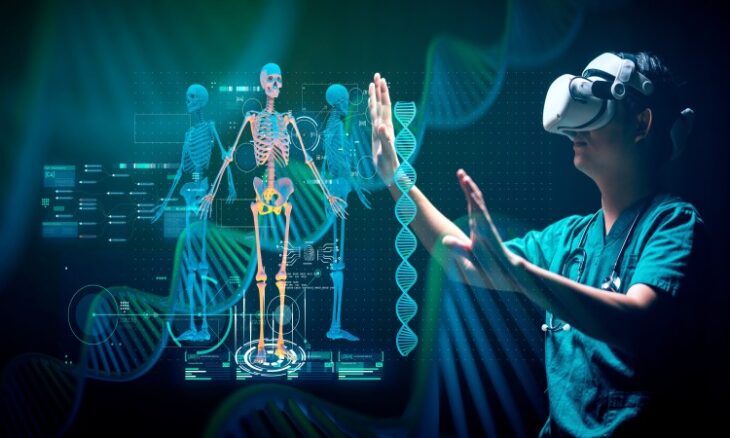VR Health Programme Targets Indigenous Youth Learning
The University of Saskatchewan’s School of Rehabilitation Science has secured funding to create a virtual reality (VR) health education programme specifically designed for Indigenous youth. With a $250,000 grant from the New Frontiers Research Fund, the project aims to merge cultural teachings with modern health science education, offering a new way for Indigenous students to connect with both wellness concepts and their heritage.
Over the next two years, faculty members Dr. Soo Kim and Dr. Stacey Lovo will lead the development of this immersive educational tool. Their work builds on six years of experience with VR technology, particularly in the area of virtual health services. The pair intends to create an engaging and culturally resonant learning platform that will appeal to Indigenous learners who may otherwise feel disconnected from conventional health curricula.
The inspiration for the programme came from discussions with Indigenous communities and the work being carried out at the university’s Virtual Health Hub. The feedback indicated a clear interest in accessing health promotion materials tailored to students’ needs, delivered in a format that feels both modern and meaningful. There was also a recognised need for content that reflects the cultural perspectives and lived experiences of Indigenous populations.
The initiative is being developed in close collaboration with Whitecap Dakota Nation, ensuring the content is informed directly by community members. This includes consultations with elders, youth, and educators to shape a curriculum that is not only educational but also deeply rooted in Indigenous worldviews. This community-driven approach is intended to make the programme genuinely relevant and impactful for the young people it seeks to serve.
The VR programme is designed to fulfil a dual purpose: to teach students about topics in health science, such as brain anatomy and mental wellness, and to revive and respect traditional Indigenous teachings that have been passed down through generations. The developers hope the project will serve as a bridge, encouraging students to consider careers in health sciences while staying grounded in their cultural identity.
A key voice in building this bridge has been Dray Bear, the former community development and special projects coordinator for Whitecap Dakota Nation. Bear played a pivotal role in facilitating the partnership between the university and the community. According to those involved, the project is about more than just education; it is about bringing people together, sharing knowledge, and potentially laying the groundwork for broader community learning initiatives.
Currently, health science education in Saskatchewan schools does not offer Indigenous students the opportunity to study these subjects through their own cultural lens. The lack of representation and culturally relevant material can make it difficult for these students to relate to or fully benefit from such coursework. By addressing this gap, the university hopes to create a more inclusive learning experience that acknowledges the knowledge systems already present in Indigenous communities.
Beyond its educational function, the programme is seen as a tool for preservation. It aims to honour and carry forward the wisdom that has long existed on these lands. Those behind the project believe that when students are given the chance to explore subjects like mental health and anatomy in a culturally appropriate context, they are more likely to engage deeply, and perhaps even pursue careers in health-related fields.
In essence, the project aspires not only to inform but also to empower. By aligning technological innovation with cultural awareness, the University of Saskatchewan is setting the stage for a new kind of health education, one that speaks directly to Indigenous youth and celebrates the richness of their knowledge and identity.









